Glass Manifestation is a legal requirement for some areas of glazing, and the legislation is quite specific as to what is required from Manifestation for it to be compliant.
The responsibility lies with both the building owner and occupier to ensure that Glass Manifestation is present in areas that require it, and that the Manifestation itself is sufficient and compliant with current legislation.
The Legislation
Document N (Building Regulations), and Regulation 14 (Workplace, Health & Safety Regulations), cover the safety of glazing. They state that manifestation must be applied to glazing in "critical locations" to increase its visibility and reduce the potential for human impact.
Document N required glass manifestation to be installed at 1500mm height to increase the safety of glazing in critical locations. However this did not take into account children, small adults, and mobility vehicle riders, which breached the requirements of the Disability Discrimination Act (2005). Therefore a new regulation, Document M – Access to and Use of Buildings, was issued. This required greater manifestation at two height ranges, in order to protect those listed above.
Document M States that:
"People with visual impairment should be in no doubt as to the location of the glass entrance doors, especially when they are within a glazed screen. The choice of a different style of manifestation for the door and the glazed screen can help to differentiate between them.
"The presence of the door should be apparent not only when it is shut but also when it is open. Where it can be held open, steps should be taken to avoid people being harmed by walking into the door."
How does it affect me?
It is the legal responsibility of the building owner and the occupier to ensure that all glazing complies with the above regulations.
Glass entrance doors and glazed screens will satisfy requirement M if;
a) they are clearly defined with manifestation on the glass at two levels, 850 to 1000mm and 1400 to 1600mm above the floor, contrasting visually with the background seen through the glass (both from inside and outside) in all lighting conditions;
b) manifestation takes the form of a logo or sign at least 150mm high (repeated if on a glazed screen), or a decorative feature such as broken lines or continuous bands, at least 50mm high;
Failing to meet Health and Safety regulations can result in severe penalties.
Glass Manifestation is the ideal solution!
Glass Manifestation is a fast, cost effective route to compliance with glass manifestation regulations which can be installed with minimum disruption to a building's occupants.
Glass Manifestation satisfies the requirement to make glass more apparent and improve safety. They can be in the form of circles, squares, stripes or even company logos.
Decorative window film can also be used to meet glass manifestation regulations, and offer a more bespoke solution.
Construction News
26/06/2019
Glass Manifestation Regulations And DDA Compliant Glazing
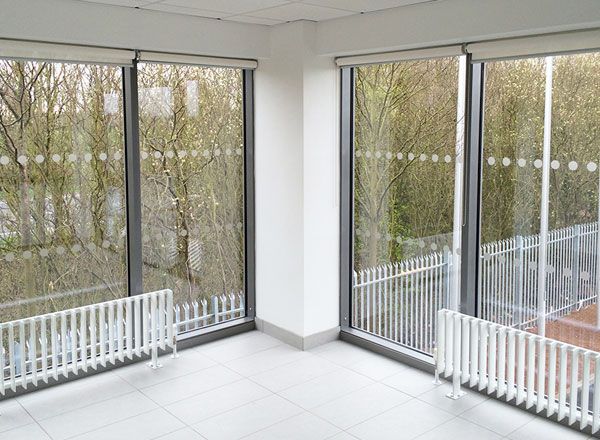

09/04/2025
The Security Event, one of the UK's leading exhibitions for the security industry, has returned to the NEC Birmingham until 10 April 2025.
Bringing together the full spectrum of the security sector, from manufacturers and distributors to installers, integrators, consultants and end users, the even
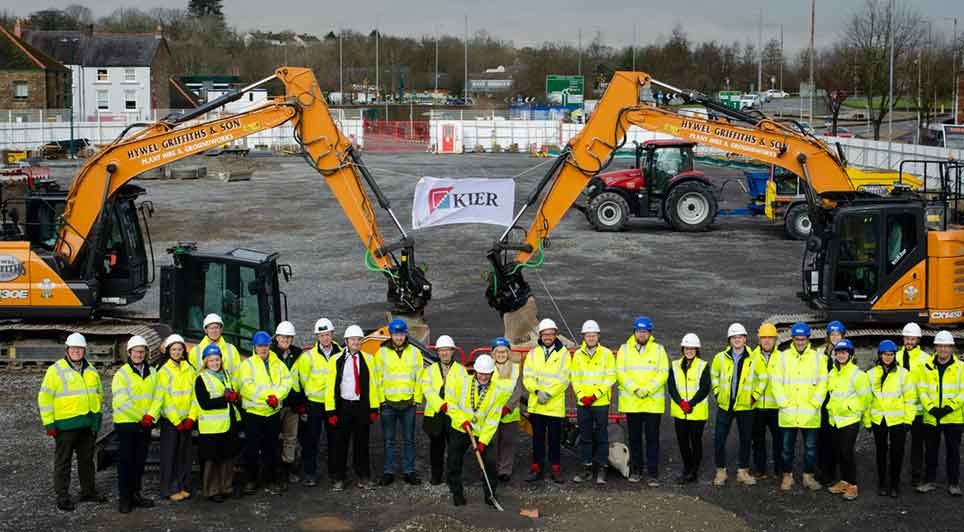
09/04/2025
Kier and Pembrokeshire County Council have marked the official start of construction on the Haverfordwest Public Transport Interchange (HPTI) with a traditional ground-breaking ceremony, celebrating a major milestone for the town's regeneration.
The event, held on site, was attended by key council

09/04/2025
Morgan Sindall Infrastructure has announced the expansion of its Digital and Data Academy in partnership with Multiverse, following the success of its latest cohort of graduating apprentices.
The move reinforces the company's commitment to upskilling its workforce and harnessing the power of data t
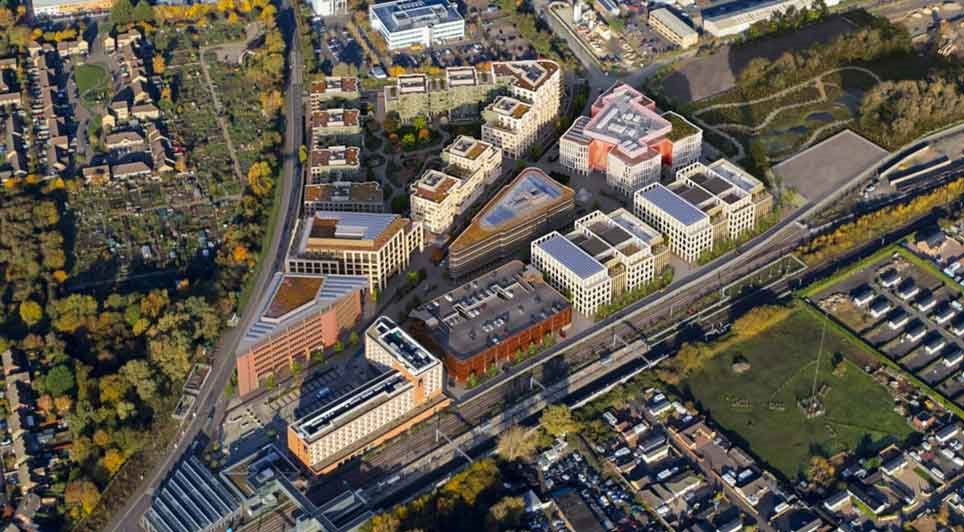
09/04/2025
The Chesterton Partnership, a joint venture led by developer Brookgate, has announced that blocwork will deliver the residential phase of development at Cambridge North, bringing forward over 400 new homes as part of the wider regeneration scheme.
Located around Cambridge North Station, the emergin
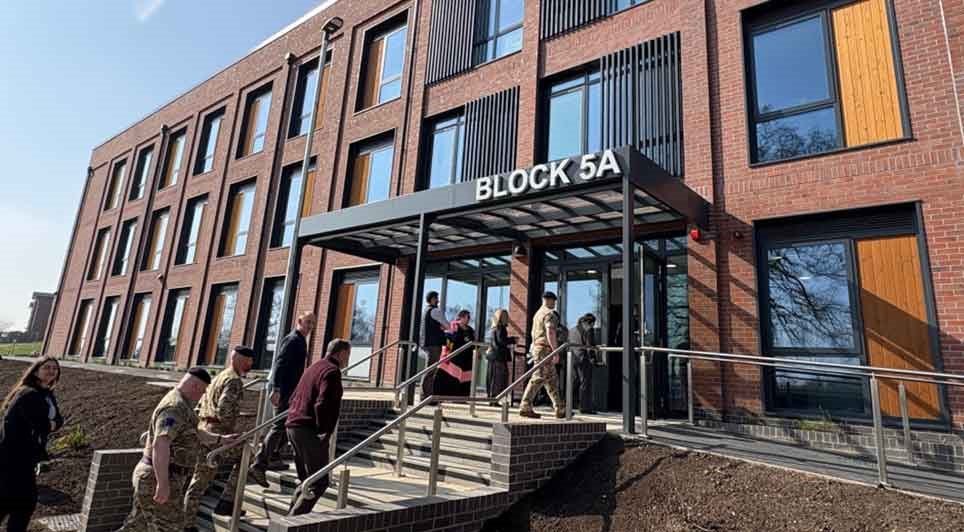
09/04/2025
A major investment to improve living standards across the army estate has reached a key milestone with the completion of new Single Living Accommodation (SLA) at St George's Barracks in Bicester.
The newly completed block provides 72 ensuite single bedrooms for Junior Rank soldiers, along with mode

09/04/2025
In a landmark development for Bedford Borough, Elected Mayor Tom Wootton has officially announced that Universal Destinations & Experiences will establish a world-class theme park and resort just south of Bedford, on the site of a former brickworks. The project marks a major milestone, positioning B

09/04/2025
The Health & Safety Event, currently underway at the NEC Birmingham, is attracting industry professionals from across the UK as it showcases the latest products, solutions, and innovations for workplace safety.
Running until April 10, the event has firmly established itself as the UK's premier mee

09/04/2025
Sheffield is once again proving its industrial innovation credentials, as a new agreement between E.ON UK and Marcegaglia Stainless Steel will see waste heat from steel production repurposed to provide low-carbon heating to homes and businesses across the city.
A Memorandum of Understanding (MoU) h
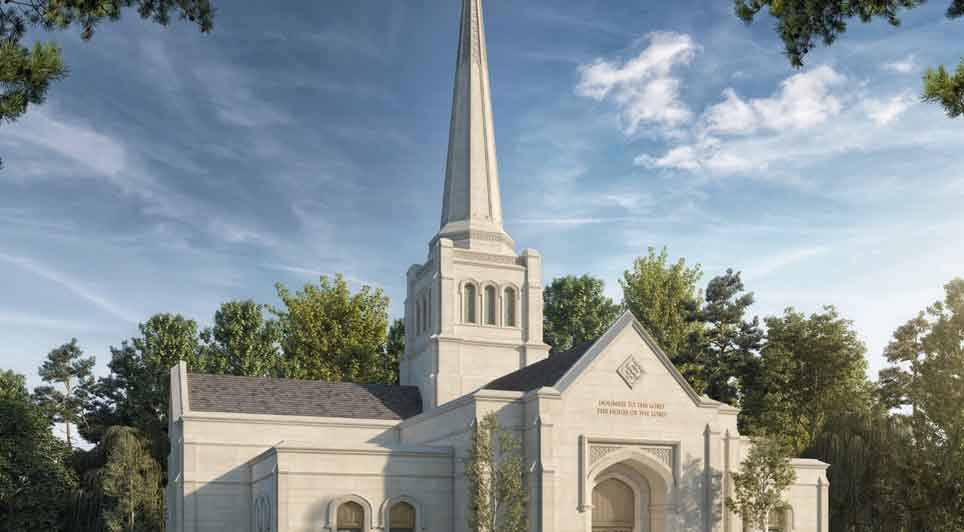
08/04/2025
McLaren Construction Midlands and North has officially announced its role in delivering the highly anticipated Birmingham England Temple for The Church of Jesus Christ of Latter-day Saints.
The project commenced with a ceremonial groundbreaking, attended by over 300 guests and live-streamed globall
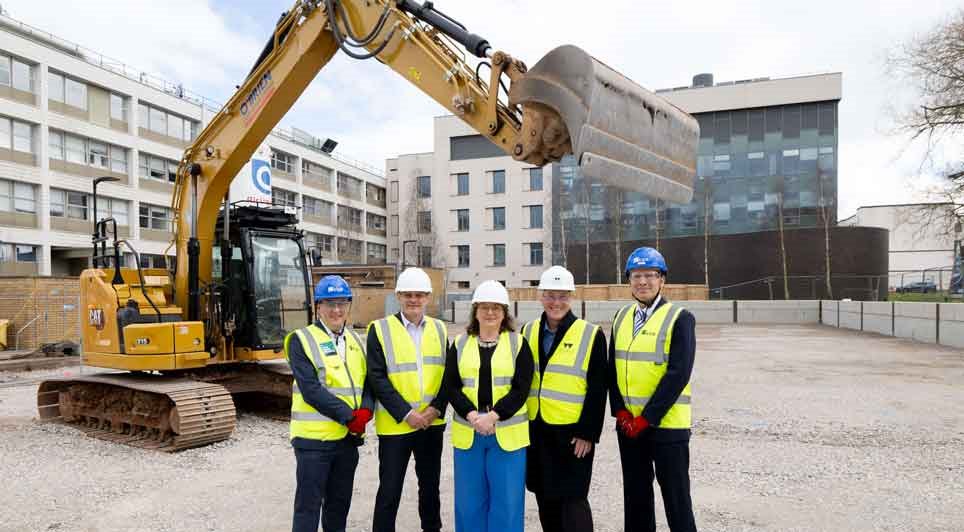
08/04/2025
The University of Warwick's vision to create world-leading STEM facilities has taken a major step forward with the appointment of Kier as the preferred lead contractor to deliver Phase 1 of its STEM Connect Programme.
The announcement marks a significant milestone in the University's wider Connect
 UK
UK Ireland
Ireland Scotland
Scotland London
London










